Impromptu Landing – Unseen Cable (Skogsflyg Cassel Aero R44 SE-JIT)
On 8 November 2019 Robinson R44 SE-JIT of Skogsflyg Cassel Aero landed hard at Unkervatnet in Norway while conducting reindeer herding task for a Sami village in the Tärnaby area of Sweden.
The Accident Flight
The Swedish Accident Investigation Authority (SHK) explain in their safety investigation report (issued on 2 July 2020 in Swedish with an English summary) that on-board were the pilot and a mission specialist, a reindeer owner from the Sami village. The 25-year-old pilot was relatively low time (455 hours in total and 355 hours on type).
The reindeer were further west than expected and their tracks went inside Norway.
The pilot [had] followed the valley west and tried to contact the Norwegian air traffic service to file a flight plan in the air if possible. The regulations do allow this in some cases but not when the flight crosses a national border. The regulations stipulate that an flight plan must be submitted at least 60 minutes before take-off if the flight involves crossing a national border. No contact was obtained with the Norwegian air traffic service and the flight [had] continued…about 15 km into Norway.
The pilot decided to land to contact the operator’s flight manager in order to clarify the conditions for flying in Norway.
The Swedish operator’s Operations Manual did cover flying in Norway from an ATC perspective but not from a permit perspective:
[In fact] the company has an authorization issued by the Swedish Transport Agency to conduct commercial specialized aviation operations of a high-risk nature in Sweden and also in Norway, but lacked a low-flying permit in Norway and a “Traffic Permit per Assignment” to fly in Norway.
Having decided to land:
A turning area at the end of a forest road was identified as a suitable landing site and the pilot relied on the assessment he did from a high altitude.
The approach along the forest road towards the turning area meant that there were backlight conditions during the landing. Just before the turning area, there was a telephone line crossing the road.
During the accident site investigation, it was found that the height of the line is half the height compared to the height of the surrounding trees on the north side of the forest road. On the south side, the height of the line is about 2/3 of the height of the surrounding trees. The lead poles on both sides of the forest road were obscured by surrounding trees.
When the pilot detected the line, he made an evasive manoeuvre. However, the rear end of the helicopter hit the line and was damaged.
The pilot made an immediate but hard landing, resulting in further damage.
SHK Conclusions
The SHK comment that the cause of the accident was the inadequate landing site reconnaissance (from high rather than low altitude).
Contributory factors were:
- The backlighted conditions
- The pylons being hidden in trees
- The change in circumstances resulting in uncertainty, needing consultation with base and a previously unanticipated landing.
Safety Actions
Cassel Aero decided on 14 November 2019 to suspend all the company’s flight operations and at a flight safety meeting on 18 November 2019, the company management decided that the flight operations would not be resumed until all corrective measures had been taken.
[T]he company has introduced an extra training program for the 2020 season, which includes training in the risk identification checklist (RIC), training in crossing national borders and practical training in foreign countries.
Additionally, each aircraft has been…
….equipped with satellite telephones, including emergency alarms and GPS reception. A tracker has been installed in each helicopter for position monitoring .. Furthermore,
an iPad has been procured for each helicopter, which includes GPS, maps and weather information.
Our Observation
HAI have the Land and Live campaign. This is based on the entirely sensible logic that things may change during a flight and pilot’s should then “reassess the wisdom of continuing the flight and whether or not to make a precautionary landing”. This campaign was launched in 2014 to “eliminate pilots’ fear of getting into trouble for landing where they had not initially planned to land”. In this case the pilot did not face a dire emergency and was prudently looking for a site to land, confer and replan. This accident shows that landing in an unsurveyed impromptu site has its own risks and so pressing on in deteriorating weather because you think you can always make a precautionary ‘Land and Live’ landing in extremis is not an effective risk management strategy as we discussed further here: A Try and See Catastrophe: R44 Accident in Norway in Bad Weather.
Safety Resources
Other Aerossurance articles include:
- Fatal Wisconsin Wire Strike When Robinson R44 Repositions to Refuel
- Sécurité Civile EC145 SAR Wirestrike
- Firefighting Helicopter Wire Strike
- Helicopter Wirestrike During Powerline Inspection
- Fatal MD600 Collision With Powerline During Construction
- Fatal Wire Strike on Take Off from Communications Site
- Beware Last Minute Changes in Plan
- Helicopter Wildlife Netting Accidents
- Bear Paws Claw Reindeer Herding Bell 206
- EC120 Underslung Load Accident 26 September 2013 – Report
- A Try and See Catastrophe: R44 Accident in Norway in Bad Weather
- Fatal R44 Loss of Control Accident: Overweight and Out of Balance
- R44 Force Lands After Improper Repair
- Insecure Pitch Link Fatal R44 Accident
- Survival Flight Fatal Accident: Air Ambulance Operator’s Poor Safety Culture
- An AW109SP, Overweight VIPs and Crew Stress
- US Fatal Night HEMS Accident: Self-Induced Pressure & Inadequate Oversight
- Italian HEMS AW139 Inadvertent IMC Accident
- HEMS AW109S Collided With Radio Mast During Night Flight
- Low Viz Helicopter Accident, Alaska
- Alaskan AS350 CFIT With Unrestrained Cargo in Cabin
- EC135P2 Spatial Disorientation Accident
- When Habits Kill – Canadian MD500 Accident
- RCMP AS350B3 Left Uncovered During Snowfall Fatally Loses Power on Take Off
- EC130B4 Destroyed After Ice Ingestion – Engine Intake Left Uncovered
- Stabilised Hover Prevents Loss of Control Accidents Say FAA
- UPDATE 8 September 2020: Air Ambulance Helicopter Downed by Fencing FOD
- UPDATE 20 September 2020: Hanging on the Telephone… HEMS Wirestrike
- UPDATE 24 October 2020: Sécurité Civile EC145 Mountain Rescue Blade Strike
- UPDATE 23 January 2021: US Air Ambulance Near Miss with Zip Wire and High ROD Impact at High Density Altitude
- UPDATE 5 March 2021: Wire Strike on Unfamiliar Approach Direction to a Familiar Site
- UPDATE 21 May 2021: Firefighting AW139 Loss of Control and Tree Impact
- UPDATE 14 August 2022: Second Time Unlucky: Fatal Greek Wirestrike High-Wire Illusion
- UPDATE 3 September 2022: Garbage Pilot Becomes Electric Hooker
Also see our review of The Field Guide to Understanding Human Error by Sidney Dekker presented to the Royal Aeronautical Society (RAeS): The Field Guide to Understanding Human Error – A Review
EHEST Leaflet HE 3 Helicopter Off Airfield Landing Sites Operations
See also: Avoiding Wire Strikes
The European Safety Promotion Network – Rotorcraft (ESPN-R) has published this video and guidance with EASA:
Aerossurance was to have run workshops at the EHA European Rotors VTOL Show and Safety Conference in Cologne in November 2020 on a) Safety Culture and Leadership and b) Contracting Aviation Services: An Introduction to the Basics. Due to COVD-19 these have been postponed to 2021.

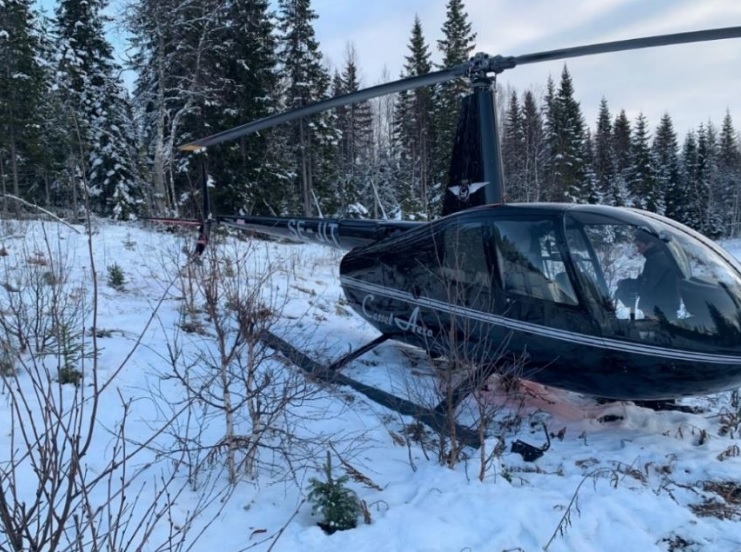

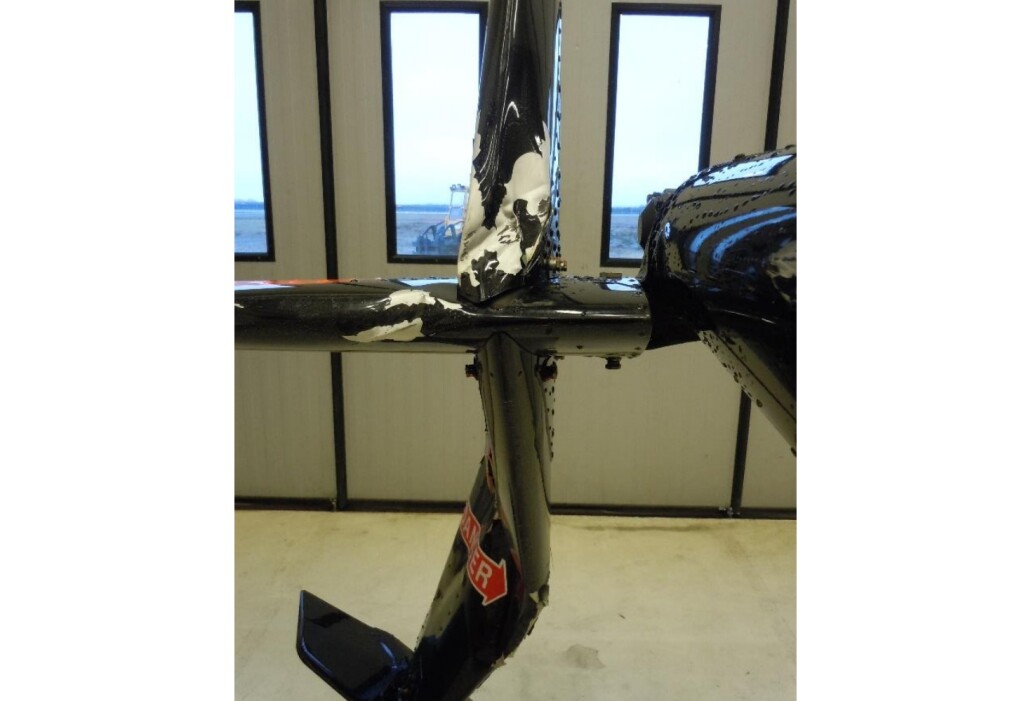
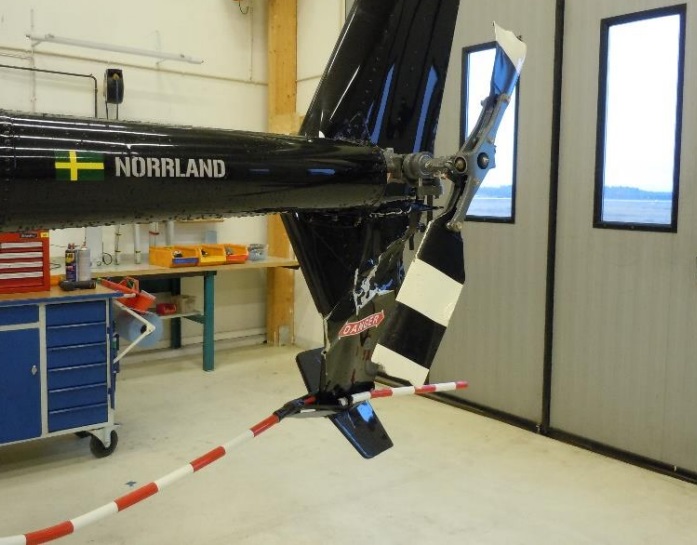
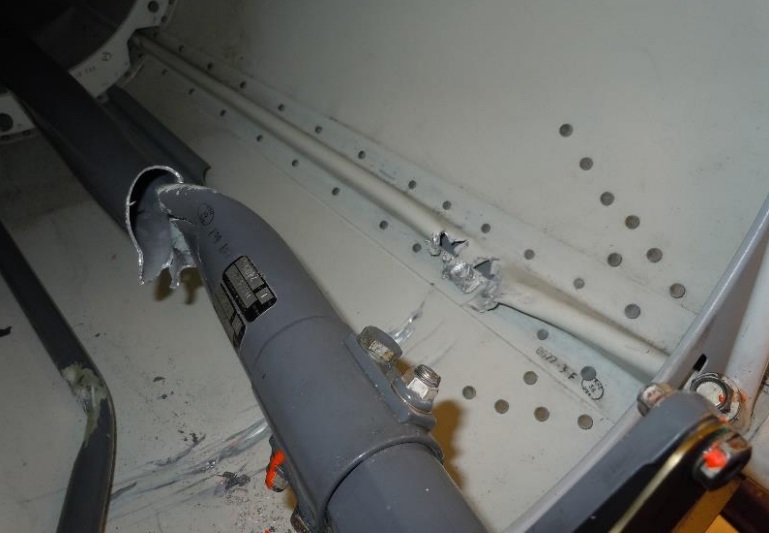
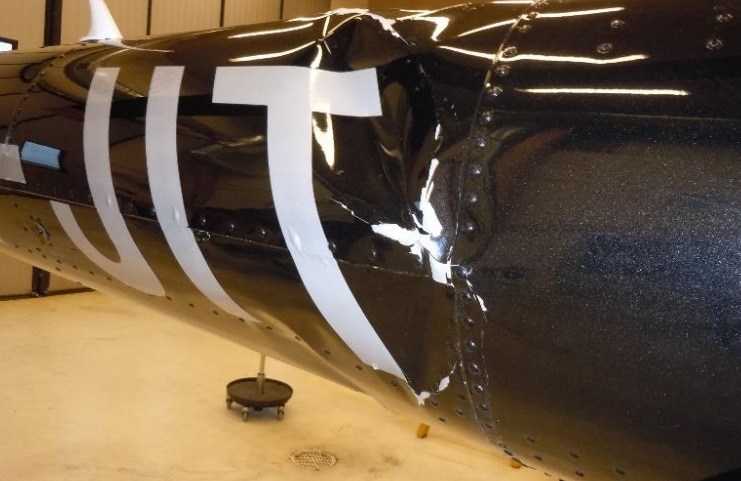
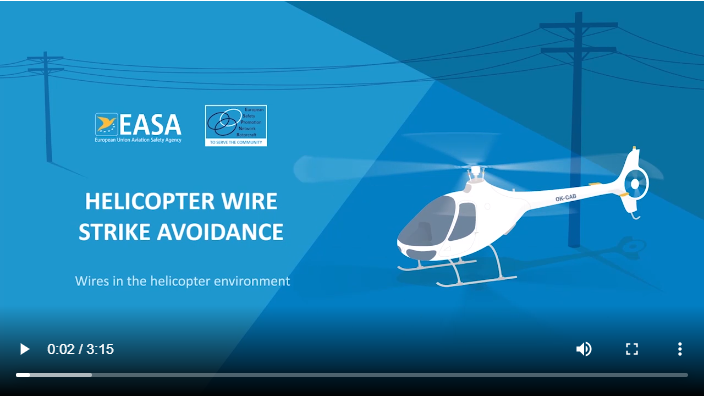

Recent Comments